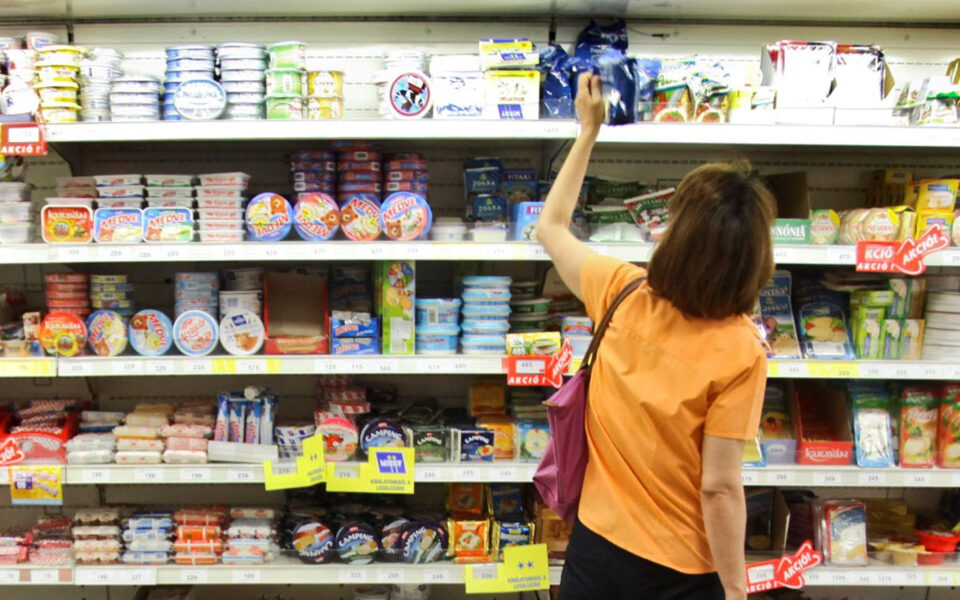Which products are set to face new hikes

Greeks currently have to pay up to 44.88% more for the same food and general groceries than they did at the beginning of 2022, with the phenomenon of price hikes being universal.
Across the 64 products the Hellenic Statistical Authority (ELSTAT) monitors, only one, namely fresh fish, had a lower price (down 5.10%) in November 2022 compared to January 2022 – i.e. before the start of the war in Ukraine which intensified the inflationary pressures that first appeared in mid-2021.
The worst part, however, is probably that the end of 2022 does not mean the end of the price hikes. The new year is coming with further increases in a range of basic products, both food and non-food.
New price lists have already been sent to supermarket chains, providing for increases in hundreds of products, which, according to senior supermarket executives, could be as much as 40%. In their majority, the new price lists with increased prices come from multinational companies and mainly concern detergents, cleaning products, shampoo, pasta, stationery and soft drinks.
These are either due to consistently high production costs or, above all, the delayed effect resulting from the increase in production costs on retail prices, as suppliers had previously chosen to absorb them in an effort to maintain market share.
Supermarket sector sources told Kathimerini that the new price lists include, among other things, hikes in detergents up to 40%, in pasta up to 30%, in domestic cleaning products up to 18%, in soft drinks up to 10%, in cheese up to 15%, and in yogurt up to 8%.
The maintenance of inflation at high levels in 2023 is, after all, what the interim report on monetary policy published by the Bank of Greece last week boiled down to. The report estimates that inflation, based on the European Union-harmonized index of consumer prices, will be 5.8% in 2023, from 9.4% which is the estimate for 2022, – i.e. higher than the forecast of the state budget for 2022 (5%), a forecast that has been revised upward anyway.
The maintenance of inflation at high levels in 2023 is primarily related to the fact that – despite their recent de-escalation – the prices of basic energy products are dominated by strong uncertainty mainly due to the continuing war in Ukraine.





